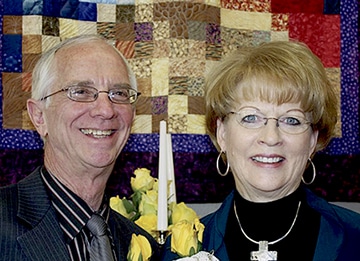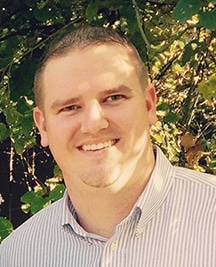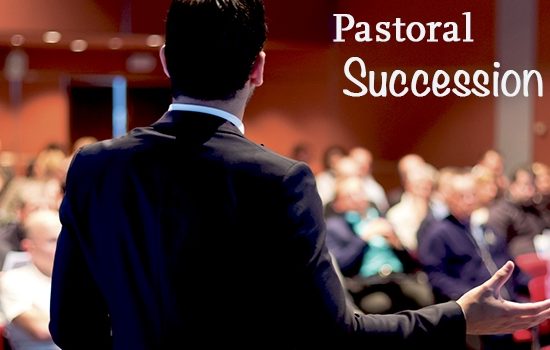Leaders of Broadview Baptist Church in Abilene, Texas, took a step of faith as former senior pastor David Cason began to mull retirement. How would they find someone to match the ministry that had grown under Cason’s leadership for 37 years?
Though he considers Broadview small when compared to megachurches (500 attendees between two campuses), Cason decided to learn about ways a church could transition from a long-term pastor to embrace a new senior minister. He read widely and put together a file of information to present to the deacons.
He leaned toward a succession model as appropriate for his congregation. The church’s history lent assurance to the choice — it had had two other long-term pastors and one of those, Cason’s predecessor, had remained a member after retirement.
“Brother Rowe made me know it [transitioning] wasn’t a big deal,” Cason said.
In 2010, as Cason began to think about retirement, the congregation realized Broadview was becoming an “aging church” in its leadership, he explained. Members set transitioning to younger leadership as one of the church’s 20-year goals.
Current senior pastor Wes Terry began attending Broadview in 2006 as a missions intern while a college student.
Members chose a pastor search committee to begin praying about and examining potential candidates. As the search continued, committee members and other church leaders realized Terry was beginning to “show signs” of God’s call to ministry.
Terry spent about three years ministering at Broadview’s west campus and then became music/worship pastor for the main campus. “The older adults sort of treated him like a grandson,” Cason said.
Then the church called Terry as associate pastor while he was a seminary student. He had served for two years in that capacity when the congregation chose him for the senior position.
Cason and Terry worked together as co-pastors for about a year. When the elder pastor turned 66 years old in 2013, he stepped out completely.
old in 2013, he stepped out completely.
Cason believes there are two aspects to a transition — psychological and physical. It went fairly smoothly because of the preparation leaders took to prepare church members for both of those aspects.
He led the church to search God’s Word, particularly looking at Joshua, Elisha and other biblical examples. “You all know Christ is the head of the church,” Cason told his members.
In the year before his retirement, the former senior pastor led members to talk about the transition. He preached sermons on the impending change and kept reminding them: “It will take a little bit” of time and effort to make the transition work.
The congregation held town-hall-style meetings and a week of concentrated prayer about six months before the change. “Wes was preaching more and taking on more responsibility,” Cason explained.
He believes Broadview was positioned to accept succession. It had moved away from committee-run business meetings to being led by a pastoral team, a combination of ordained pastors and a couple of deacons. The church emphasized spiritual qualifications for leadership and had been taught to be Christ-centered.
“They had become spiritually attuned,” Cason said.
When he retired in 2013, Cason was named “pastor emeritus.” He stayed away most of the first few months and estimated he attended about 60 percent of the time during the first year. In the second year, he started teaching a Sunday School class.
Now roles have reversed a bit. In January, Cason became “sort of an associate pastor.” He oversees the adult small groups and preaches whenever Terry is out. Cason helps with hospital visitation and does “anything else Wes asks me to do,” he said.
Cason believes God led Broadview to use a succession transition. He feels the change went well, even though he added it “would have been a good idea” for Terry to have served as the associate for a few more years.
“It was God’s grace more than anything that made it work…. And two years down the road is proof that it is working,” he said.
(Related story: Churches have several models for choosing a new pastor)

